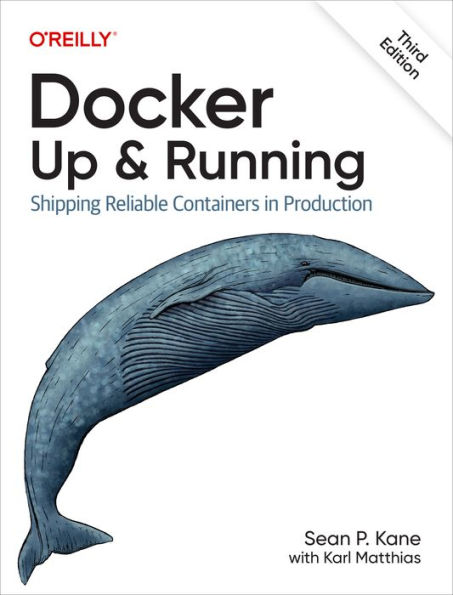Docker and Linux containers have fundamentally changed the way that organizations develop, deliver, and run software at scale. But understanding why these tools are important and how they can be successfully integrated into your organization's ecosystem can be challenging. This fully updated guide provides developers, operators, architects, and technical managers with a thorough understanding of the Docker tool set and how containers can improve almost every aspect of modern software delivery and management.
This edition includes significant updates to the examples and explanations that reflect the substantial changes that have occurred since Docker was first released almost a decade ago. Sean Kane and Karl Matthias have updated the text to reflect best practices and to provide additional coverage of new features like BuildKit, multi-architecture image support, rootless containers, and much more.
- Learn how Docker and Linux containers integrate with cloud services and Kubernetes
- Experience building OCI images, plus deploying and managing Linux containers with powerful command-line tools
- Understand how OCI images simplify dependency management and deployment workflow for your applications
- Learn practical techniques for deploying and testing Linux containers in production
- Deploy production containers at scale wherever you need them
- Explore advanced Docker topics, including deployment tools, networking, orchestration, security, and configuration
Docker and Linux containers have fundamentally changed the way that organizations develop, deliver, and run software at scale. But understanding why these tools are important and how they can be successfully integrated into your organization's ecosystem can be challenging. This fully updated guide provides developers, operators, architects, and technical managers with a thorough understanding of the Docker tool set and how containers can improve almost every aspect of modern software delivery and management.
This edition includes significant updates to the examples and explanations that reflect the substantial changes that have occurred since Docker was first released almost a decade ago. Sean Kane and Karl Matthias have updated the text to reflect best practices and to provide additional coverage of new features like BuildKit, multi-architecture image support, rootless containers, and much more.
- Learn how Docker and Linux containers integrate with cloud services and Kubernetes
- Experience building OCI images, plus deploying and managing Linux containers with powerful command-line tools
- Understand how OCI images simplify dependency management and deployment workflow for your applications
- Learn practical techniques for deploying and testing Linux containers in production
- Deploy production containers at scale wherever you need them
- Explore advanced Docker topics, including deployment tools, networking, orchestration, security, and configuration

Docker: Up & Running: Shipping Reliable Containers in Production
424
Docker: Up & Running: Shipping Reliable Containers in Production
424Related collections and offers

Product Details
| ISBN-13: | 9781098131784 |
|---|---|
| Publisher: | O'Reilly Media, Incorporated |
| Publication date: | 04/13/2023 |
| Sold by: | Barnes & Noble |
| Format: | eBook |
| Pages: | 424 |
| File size: | 4 MB |
